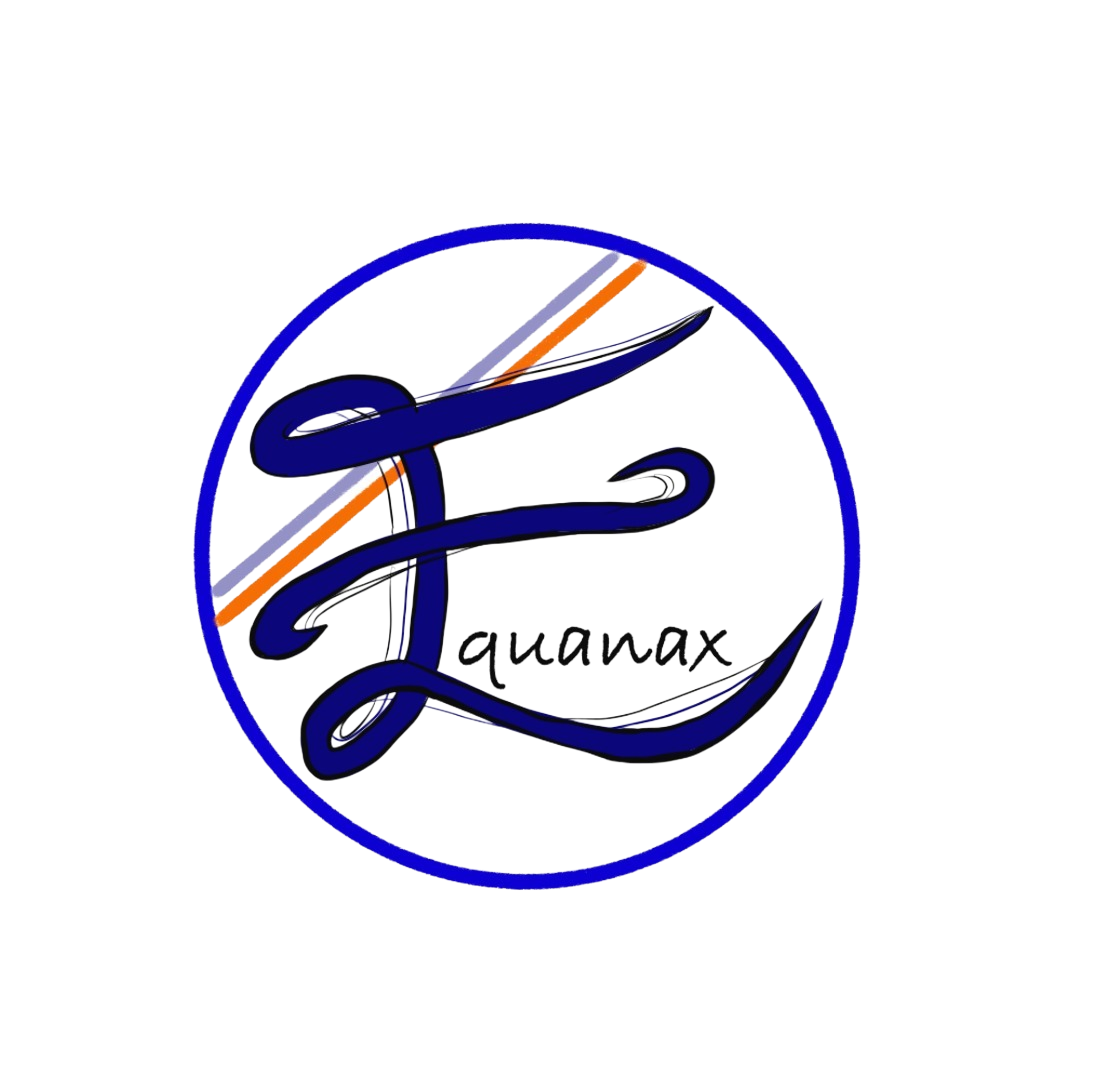Automate HubSpot Contact Sync with n8n for Clean CRM Data
This article may contain affiliate links that we get paid on.
Table of Contents
Introduction: Why Automate HubSpot Contact Sync with n8n
Benefits of an Automated Contact Sync Workflow
Step-by-Step Guide to Sync HubSpot Contacts with Automation
Best Practices for Contact Cleanup and Deduplication Automation
Advanced Use Cases: Contact Enrichment and Cross-CRM Sync
FAQ: n8n + HubSpot Contact Sync
Introduction: Why Automate HubSpot Contact Sync with n8n
Dirty CRM data is one of the fastest ways to lose revenue. Nearly 30% of business contact data becomes outdated each year. For teams relying on HubSpot, manual updates can't keep up with this churn rate. N8N provides a solution by running an automated contact sync workflow, ensuring consistency, accuracy, and speed without expanding headcount.
Sales and revenue operations teams know the pain of duplicates, fragmented lead journeys, and stale data. A RevOps team at a B2B marketplace selling logistics solutions, for instance, often manages parallel CRMs across regions and struggles with fragmenting customer info. With automation, they maintain one clean HubSpot record per contact. Similarly, an InsurTech broker running multiple prospect pipelines avoids duplicate policies thanks to real-time data synchronization processes pushed via N8N workflows. By removing manual processes, businesses focus their teams on selling rather than admin.
Think of the sync like plumbing: without the right pipes, data leaks everywhere. With N8N as the pipeline, water flows directly into the right container - HubSpot - without overflow, waste, or blockage.
Benefits of an Automated Contact Sync Workflow
Implementing an automated contact sync workflow provides both operational and strategic advantages. The most immediate benefit is time saved. Instead of sales reps manually updating records or customer success managers cleaning spreadsheets, automation ensures HubSpot reflects up-to-date details. This allows sales ops to redeploy effort toward driving deals.
Another clear advantage lies in deduplication. By using N8N's workflow logic, it is possible to detect duplicate entries based on phone numbers, email addresses, or even custom fields before they pollute HubSpot. This structured cleanup supports downstream processes like lead scoring and segmentation. With this, HubSpot campaigns target correctly without degrading key lists.
Revenue operations also gain reliability when clean data supports advanced forecasting methodologies and pipeline attribution. Imagine a SaaS product serving mid-market e-commerce brands. Their CDP and CRM data synchronization pipeline ensures every lead from Storylane demos or Apollo prospecting flows into one standardized HubSpot contact record. This replaces manual data wrangling while improving delivery of qualified pipeline to sales.
Lastly, automation guarantees recurring accuracy. With N8N scheduled sync, HubSpot warns RevOps of drift but doesn't stop revenue work. Automation enables trust that data is consistent across business platforms.
Step-by-Step Guide to Sync HubSpot Contacts with Automation
1. Connect HubSpot API to n8n
Integration starts by securely connecting HubSpot with N8N through its API key or OAuth2. Once authorized, N8N can read, write, and update HubSpot contacts in real time without developer-heavy configuration.
2. Design an Automated Contact Sync Workflow
After connecting, build a workflow in N8N. Contacts imported from Apollo, Pipedrive, or custom databases can automatically map fields to HubSpot. Define transformation rules to enforce consistency: standardize phone number formats and normalize job titles before entering HubSpot. This step forms the base of workflow automation best practices.
3. Test Flow Execution
Testing prevents bad data from compounding. Use sandbox records to confirm that mapped fields update correctly in HubSpot. Observe how N8N handles duplicates or enrichments through mock runs. Once validated, enable production runs.
4. Schedule Recurring Syncs
The final step is automation scheduling. With N8N's cron-like triggers, workflows run weekly, daily, or instantly after new data enters. For instance, a SaaS marketplace syncing contacts from sign-up forms can push real-time data into HubSpot without delay. Keeping workflows recurring ensures any change across upstream tools instantly mirrors into HubSpot with no manual steps in between.
Best Practices for Contact Cleanup and Deduplication Automation
To get the most out of a HubSpot contact sync, it is critical to prioritize cleanup rules early in the process. N8N workflows should use condition checks that flag duplicate identifiers, such as matching email domains or identical mobile numbers, before those records ever touch HubSpot. This proactive approach means duplicates are resolved at the source rather than bloating fields inside the CRM. Teams who institute a clear decision framework - such as which property values override conflicts - find their systems stay consistently reliable over time.
Normalizing contact data also matters. Setting standard formats for phone numbers, job seniority, and company naming keeps HubSpot lists usable across automation, segmentation, and outreach. By applying N8N transformations, RevOps teams cut the risks of scattered company names like “Equanax Ltd” versus “Equanax Limited.” Such harmonization supports precision when launching campaigns or analyzing conversion data. Over time, syncing stays lean, providing a single contact truth across the organization.
Regular audits are another cornerstone of best practices. Even with strong workflows, records may occasionally slip through due to human error at the source platform. By scheduling additional deduplication jobs inside N8N, and comparing them against HubSpot properties, businesses maintain control of their database health. A disciplined combination of pre-entry cleaning, standardized transformation, and interval deduplication ensures clean HubSpot data that teams fully trust.
Advanced Use Cases: Contact Enrichment and Cross-CRM Sync
Once the basics of syncing are in place, businesses can aim higher with more advanced workflows. Contact enrichment is one logical next step. With N8N, records arriving in HubSpot can be enhanced with external information such as LinkedIn profiles, company size, or funding data by integrating with enrichment APIs. This gives sales representatives added context before they engage potential buyers, and ensures marketing campaigns trigger based on more robust attributes than a name and email alone. Enriched contacts convert more reliably because outreach feels personalized and well informed.
Cross-CRM synchronization is another powerful application. Many enterprises run parallel systems in different geographies or units, from Salesforce in North America to HubSpot in Europe. Through N8N, these systems can remain perfectly aligned by passing updates both directions or syncing with a central data warehouse. This reduces the risks of fragmented conversations when customers engage across multiple regions. For global organizations, automation promotes a borderless experience for both customers and internal teams, with everyone referring to the same reliable record.
Some businesses even use N8N workflows to stage advanced lead routing logic by blending enrichment and cross-CRM data. For instance, a company might combine lead score from HubSpot with account owner details from another CRM to trigger a route to the correct sales region. By orchestrating these advanced cases, N8N proves itself not only as a deduplication engine but as a connective tissue for strategic growth across customer touchpoints.
Get Started With Equanax
If you are ready to eliminate manual updates, reduce data chaos, and fully trust your CRM, Equanax can help design and implement automation strategies tailored to your needs. Our experts specialize in building workflows across systems like HubSpot and n8n, ensuring your contacts stay clean, enriched, and aligned for growth. Learn more about how we can transform your RevOps capabilities today.
FAQ: n8n + HubSpot Contact Sync
How difficult is it to set up an n8n workflow with HubSpot?
The process is straightforward for most teams. Connecting HubSpot via API or OAuth2 can be done in minutes, and N8N’s drag-and-drop workflow builder allows non-technical staff to configure mapping and rules without writing code.
Can I run real-time syncs with n8n?
Yes, N8N supports event-based triggers that execute workflows instantly after new data is detected. This option is perfect for time-sensitive use cases such as sign-up forms or lead capture campaigns.
How secure is the integration between HubSpot and n8n?
Connections rely on HubSpot’s own authentication protocols, and N8N allows for secure secret storage. Teams can host N8N in their own environment for full control over data governance.
Does n8n replace HubSpot workflows?
Not at all. N8N complements HubSpot by handling cross-platform synchronization and data hygiene that HubSpot’s built-in workflows cannot fully manage on their own. Together they amplify effectiveness.
What if my company operates multiple CRMs?
That scenario is exactly where N8N shines. Workflows can synchronize contacts across HubSpot, Salesforce, Pipedrive, or other CRMs, ensuring every customer-facing team interacts with accurate, cohesive records.

